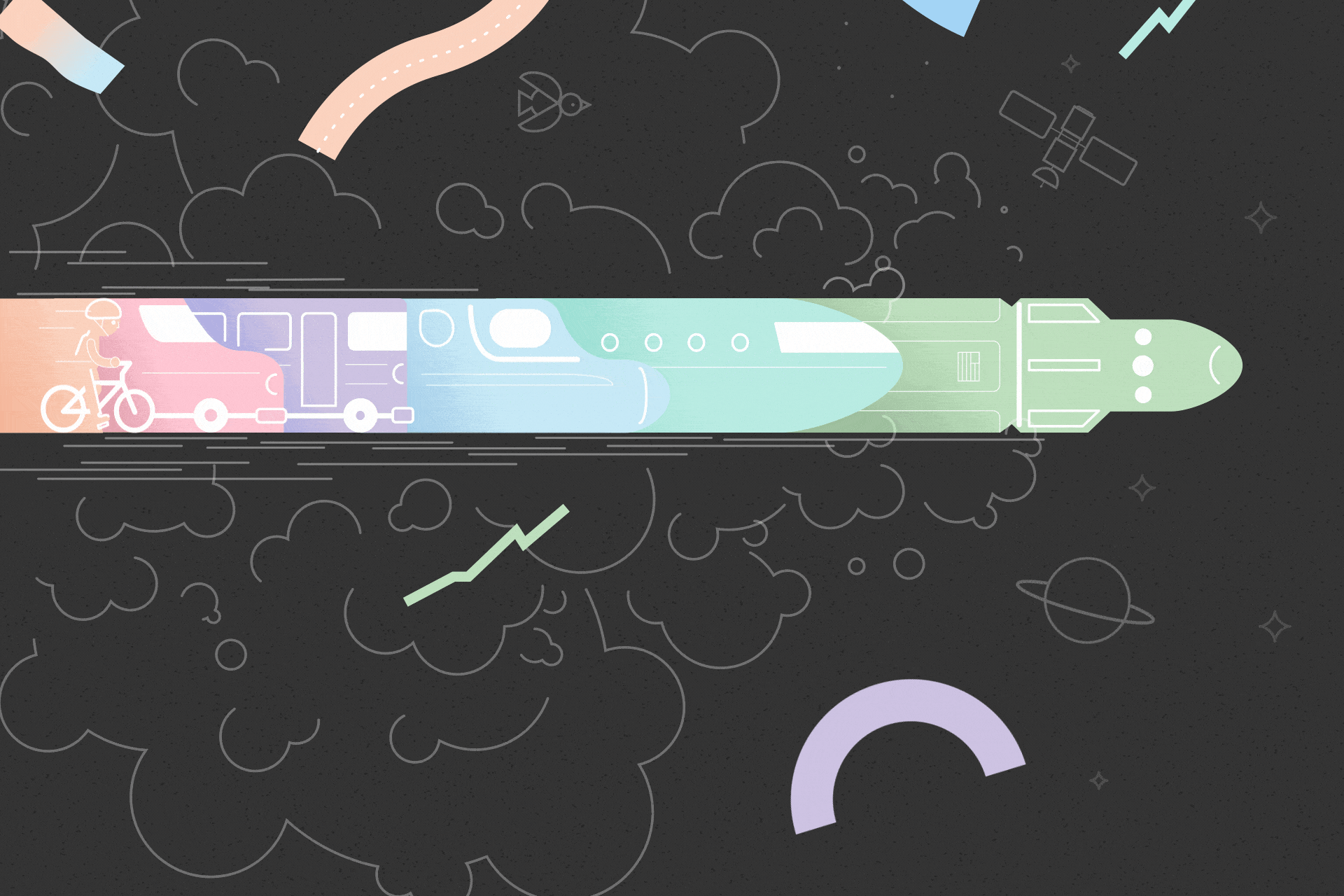Welcome to 2020, a new year and a new decade. We’re entering a time of exponential technological progress and growing human awareness, calling for more mindful, conscious forms of design.
Digitally Connected, but Disconnected
Over the past decade, digital technology has connected just about everything. From mobile to IoT, we’ve seen emerging technologies become normalized throughout the world. This digital transformation enables services to instantly connect us to our media, money, friends, family, healthcare, transportation, and more, from anywhere in the world.
But why is it still so complicated to set up our smart homes? In the digital economy, competition for loyalty and dollars has created a plethora of products, services, and platforms, each trying to protect its IP and its ecosystem, creating barriers for users looking for seamless experiences.
And why do people feel so disconnected? While these tools have made it easier than ever to connect, expressions of loneliness, isolation, and discord are common. As digital technologies touch every facet of our lives, they strain our focus, demanding our attention, engagement, and action. In an always-on world, people want mental and emotional balance.
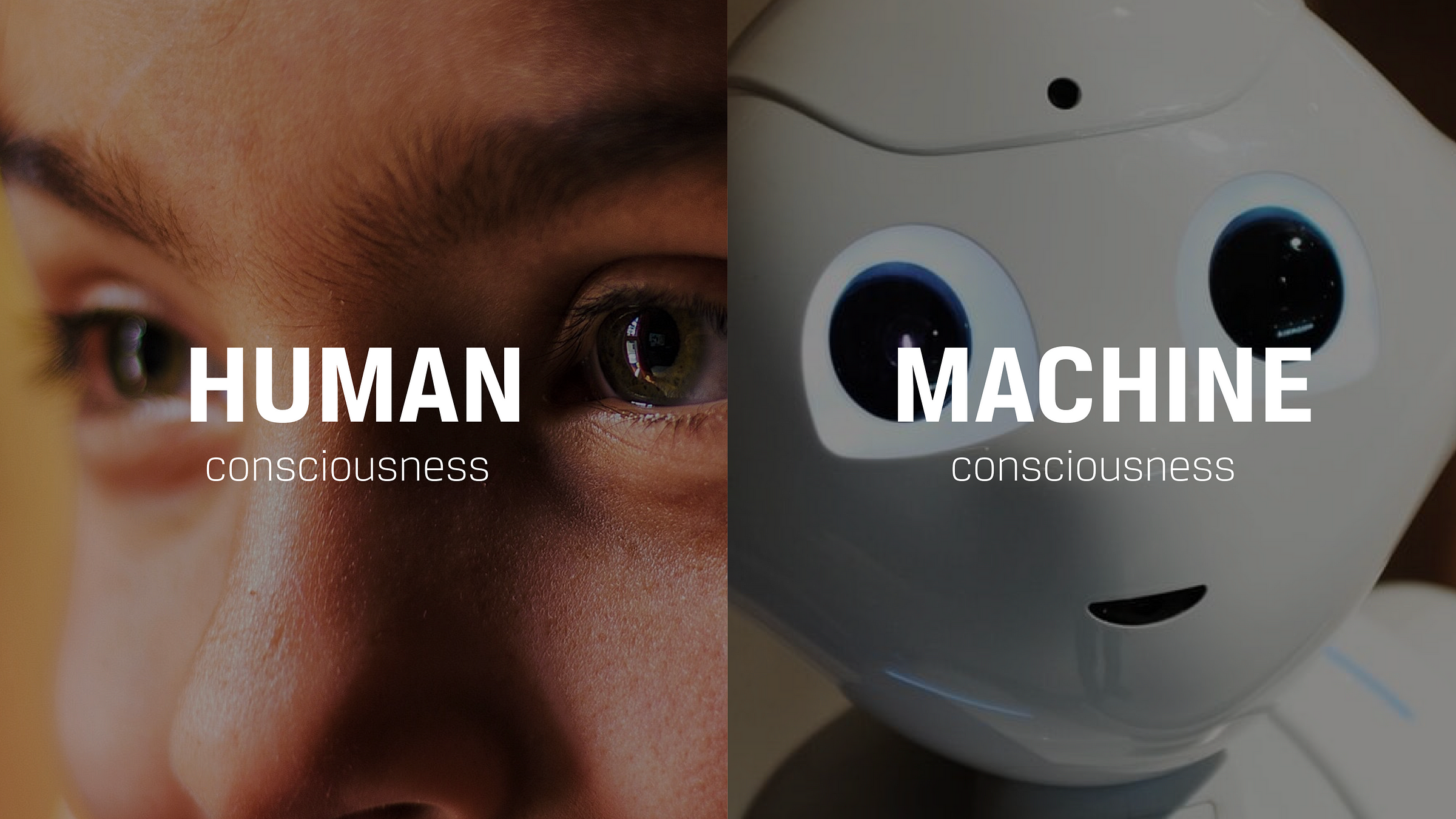
Expanding the Human-Machine Relationship
Evolving Machine Consciousness
We are now evolving the consciousness of technology. Artificial intelligence technology has taken root and spread across industries. We’re moving toward machines designed to reflect consciousness in their cognition and operation. We expect to see all companies embrace AI, not only in their products and services, but in their internal operations for automation and better customer intelligence. But as AI is coming of age, it’s raising many questions.
Questions AI Is Raising
- How much autonomy should we give machines?
- What jobs will people do when automation takes over?
- When systems are aware, how do we protect privacy?
- How can systems understand context to avoid errors?
- What morals and ethics are we teaching these systems?
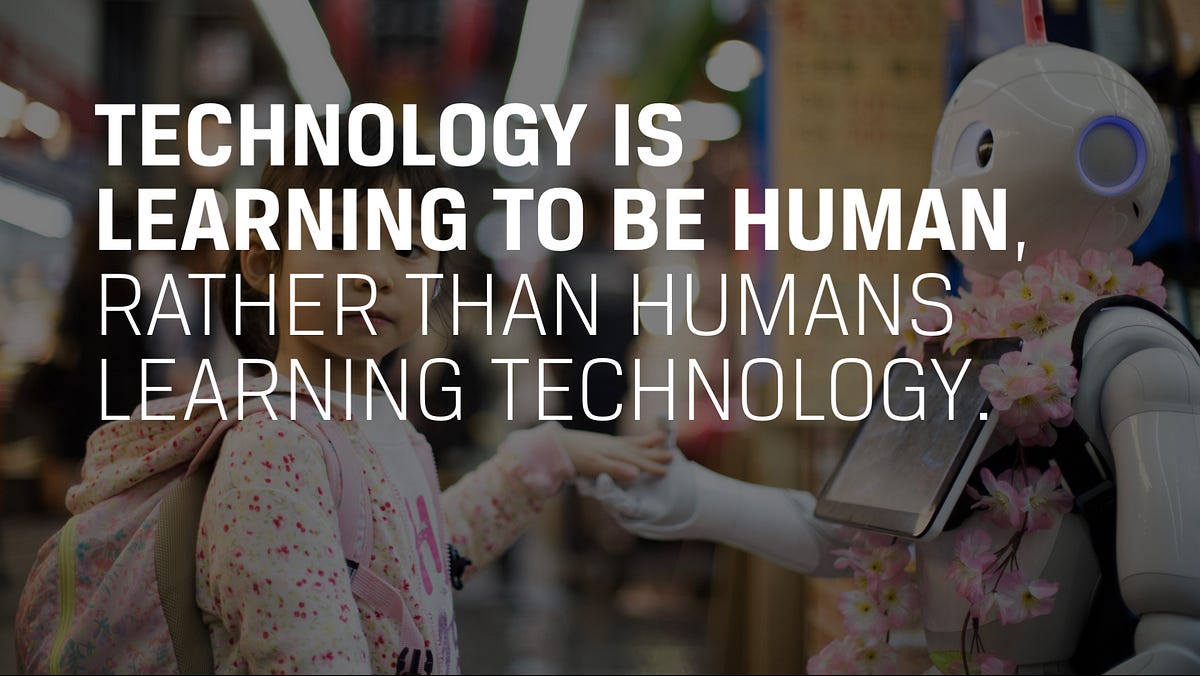
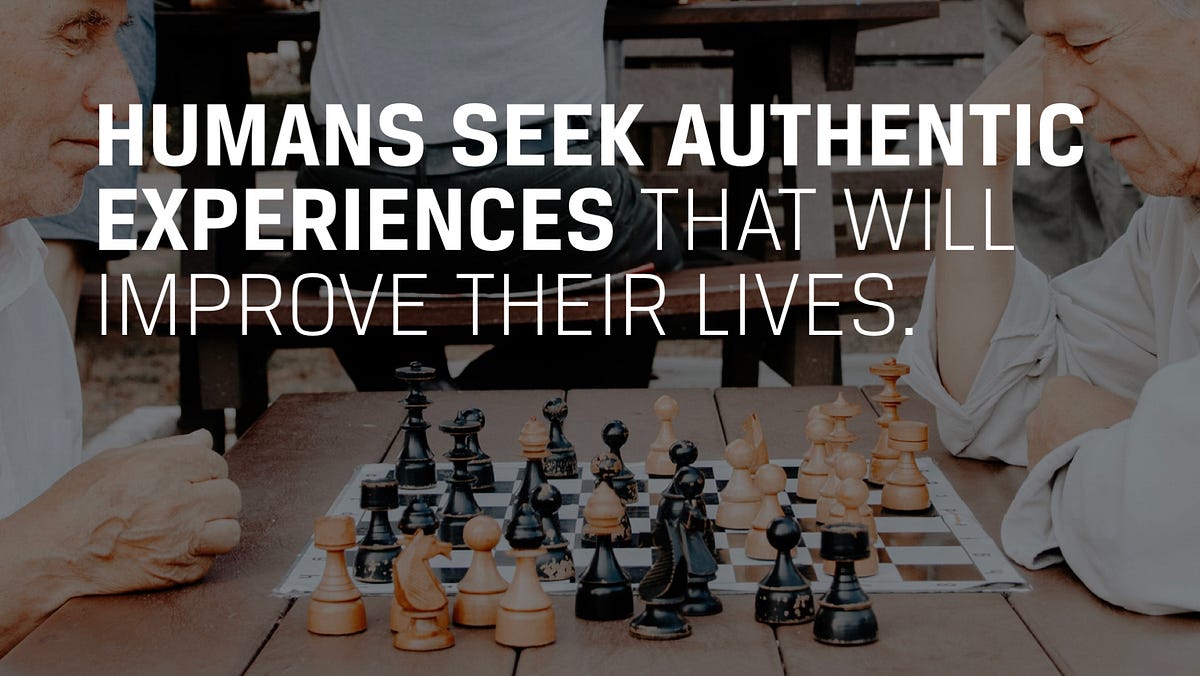
Growing Human Consciousness
People are becoming more conscious about the impact of technology. Over the past decade, trust in technology has eroded and fewer people believe technology has a positive impact on society. People want technology that benefits humanity, providing more meaningful experiences and helping them live richer, better lives.
Questions People Are Asking
- How can we manage digital and cognitive overload?
- How can we find balance, mentally and emotionally?
- How can we discern truth? Who can we trust?
- What are the positive benefits of advanced technology?
- How can we be empowered to achieve our goals?
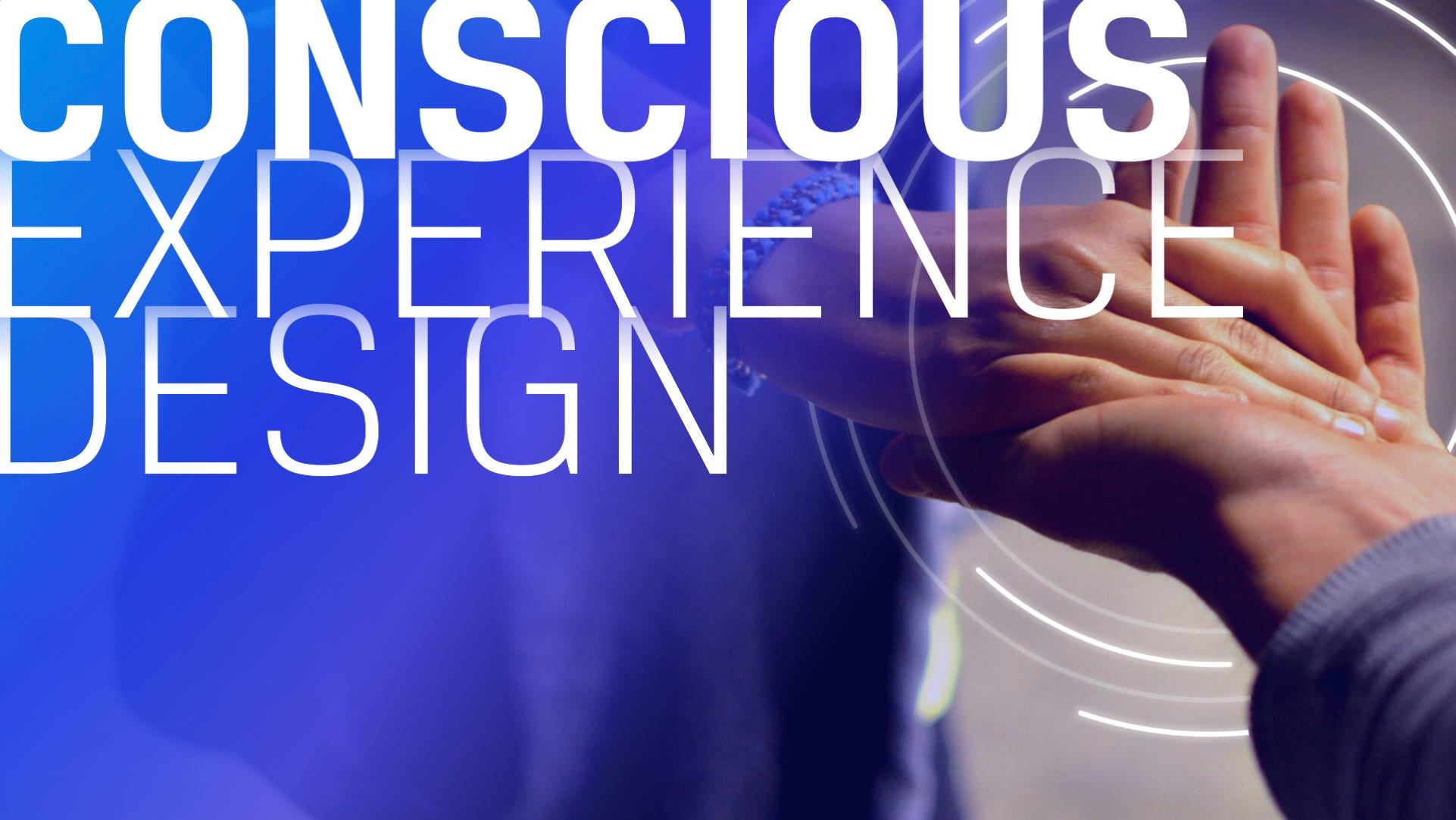
Conscious Experience Design
How We Think, Feel, Act & Value
Humans and machines are evolving together. They will collaboratively think more, feel more, act more, and value more. This new level of consciousness will be guided by design. As the creators of future technologies, humans and AI together must consciously design and develop immersive, intelligent, and prosocial systems.
2020 marks our move into the age of conscious experience design, a form of user experience design that brings a broader focus to what it means to design consciousness into machines in a manner that is more mindful of the personal intentions and values of human beings and our lifestyle. In the decade to come, companies and designers must grow their talent and expertise in key areas of conscious design to better understand how humans and machines think, feel, act, and value.
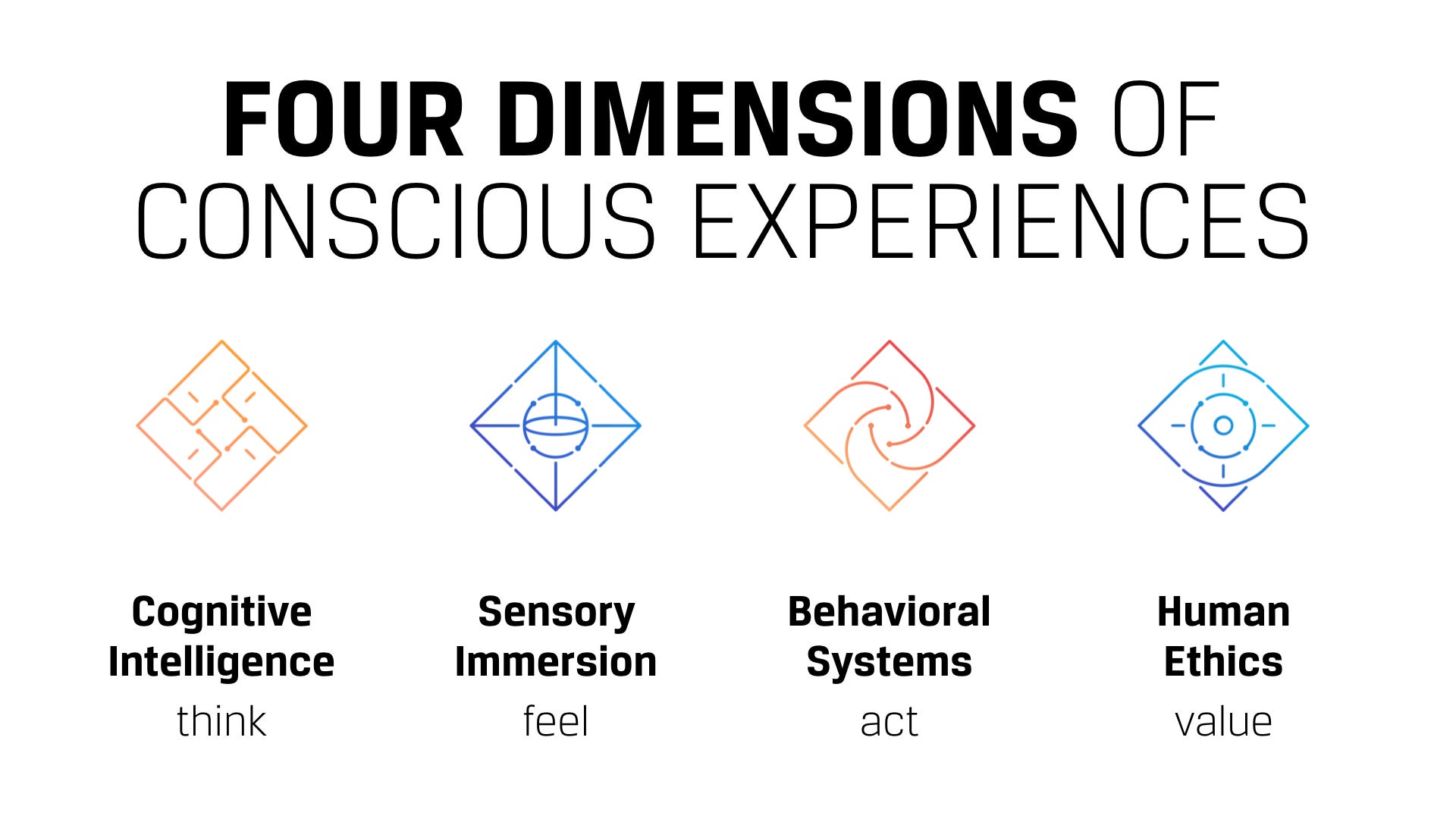
Cognitive Intelligence
How We Think
Conscious experiences are insightful, predictive, and autonomous. They’re guided by intelligent systems and fueled by data. Conscious experience design applies human-centered design approaches to the creation of intelligent products and services to ensure AI effectively complements, simplifies, and enhances human experiences.
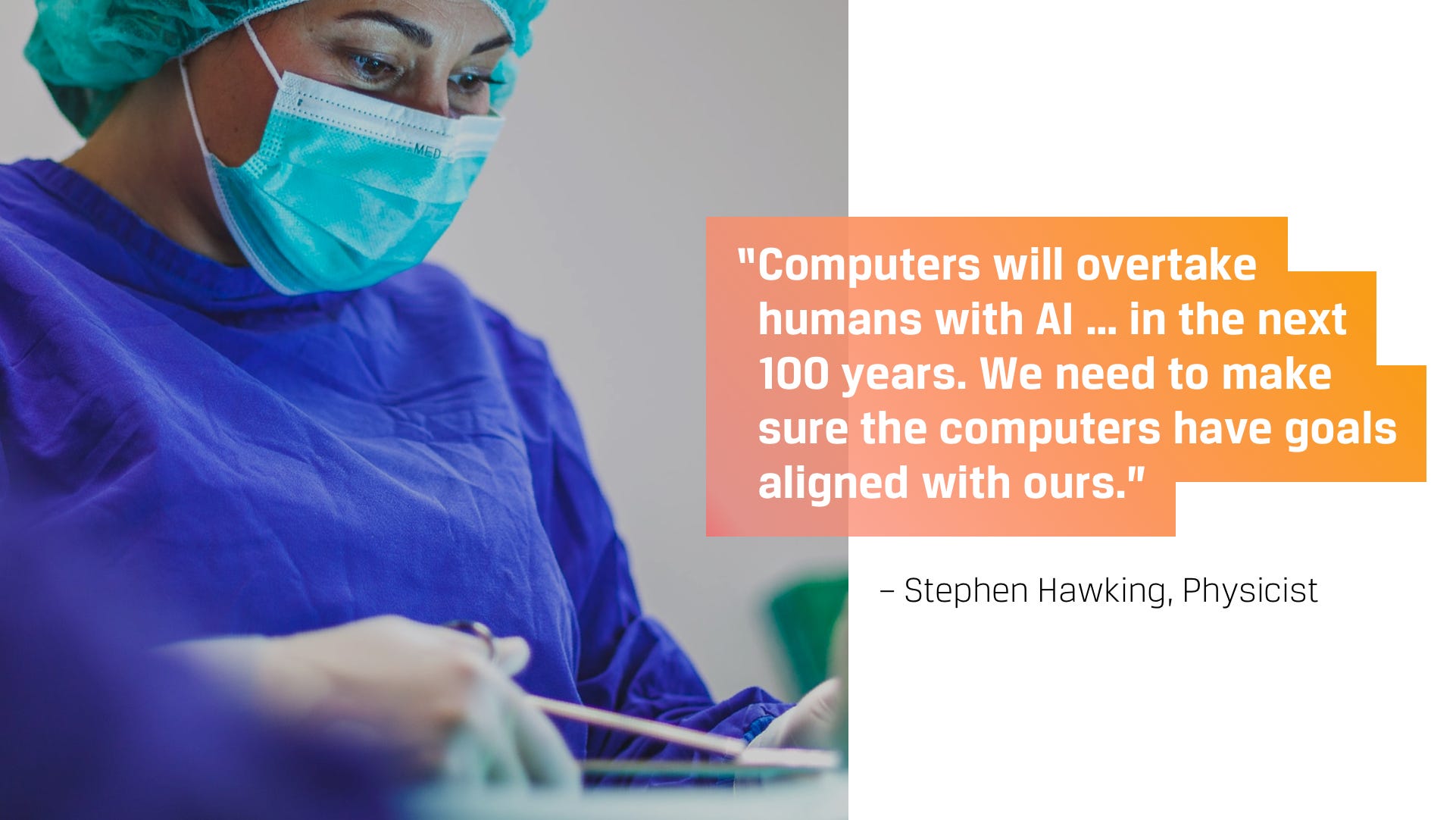
In preparation for the conscious experiences of the decade ahead, designers must acquire new skills and embrace new fields of understanding. Building awareness and expertise in domains like data science, machine learning, and computational design will be critical in this new era.
Areas to Expand Knowledge
- Data Science
- Statistics & Probability
- Data Visualization
- Machine Learning
- Computational Design
Sensory Immersion
How We Feel
Conscious experiences are multimodal, multisensory, and emotionally aware. In the next decade, the boundaries between hardware and software, objects and devices will disappear as conscious systems integrate into everything around us. Fully immersive environments will engage the complete range of human perception across sensation and sentiment. These new paradigms will require deeper insight into sensory design and emotional intelligence.
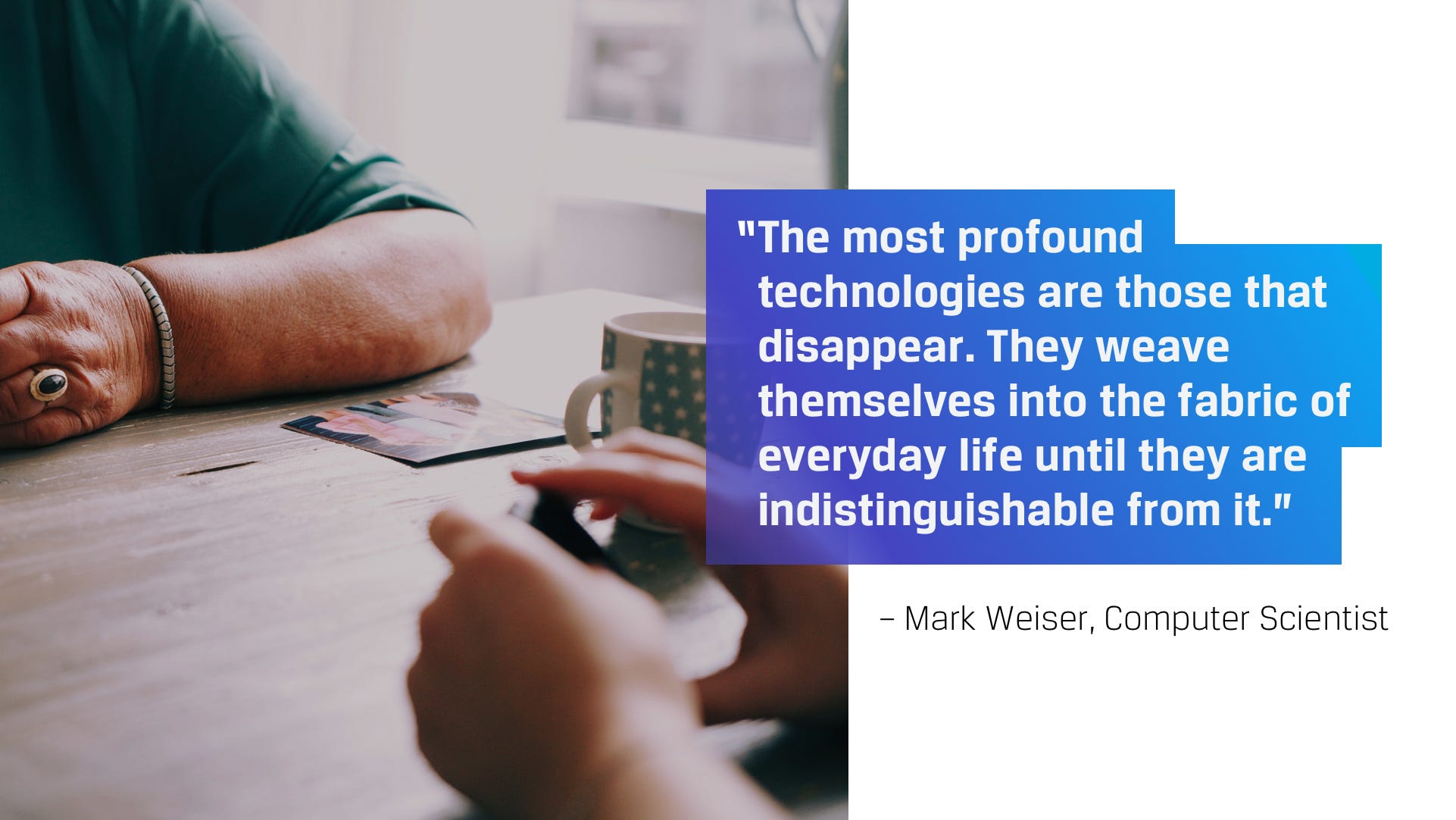
Conscious experience design applies immersive design approaches to the creation of natural interfaces that engage multiple senses and the full range of human emotion to choreograph real-time 360° experiences that holistically and authentically enrich our environment.
Areas to Expand Knowledge
- Sensory Neuroscience
- Affective Science
- Dimensional Media
- Audio & Haptic Design
- Environmental Design
Behavioral Systems
How We Act
Conscious experiences are systemic, pervasive, and symbiotic. As conscious systems weave into the fabric of everyday life, everything becomes a part of the system, turning products to services and services to systems. Designers must think more systematically in structuring the nature of relationships across these interdependent systems to ensure balance.
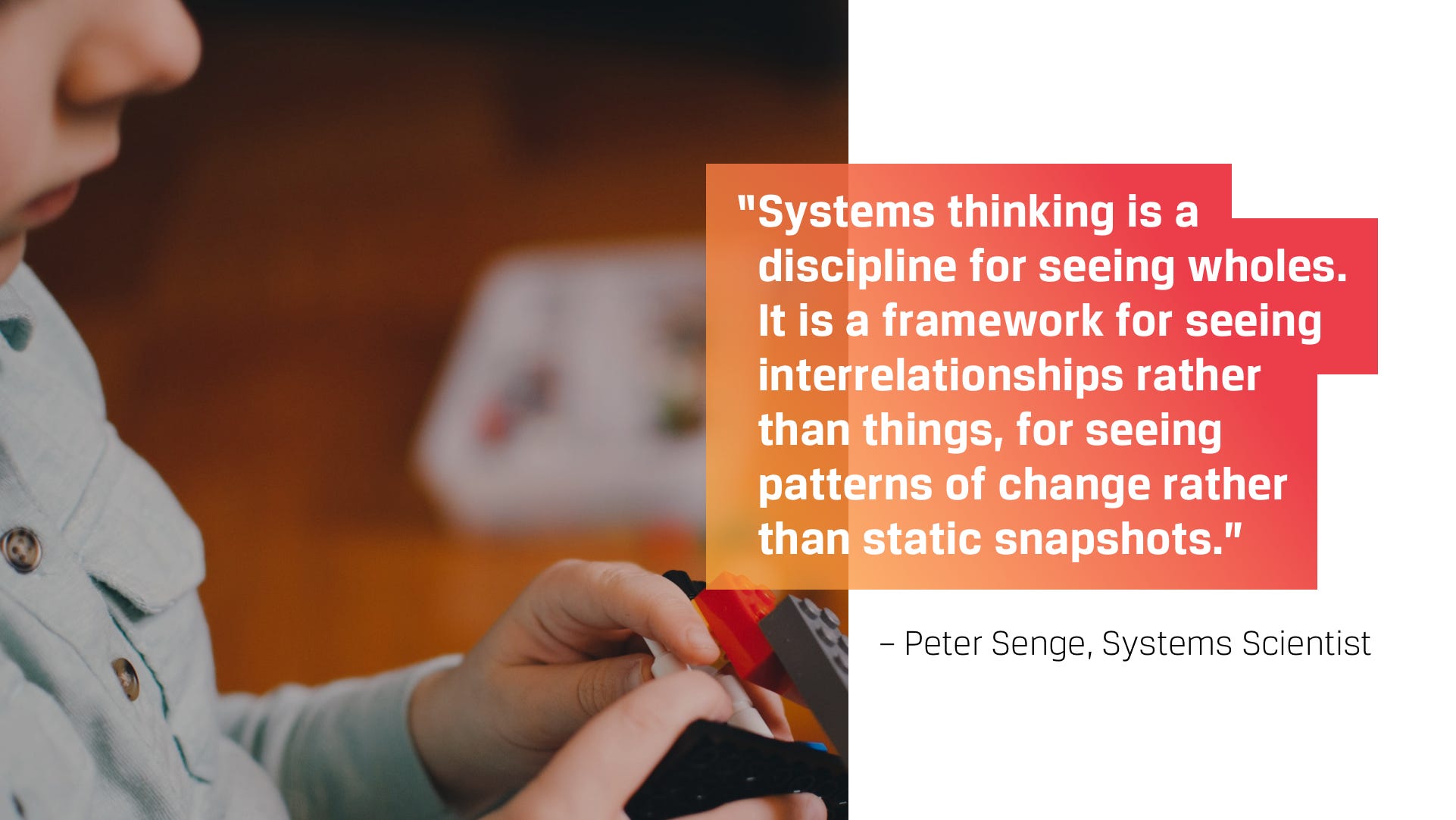
Conscious experience design applies human psychology and systemic thinking to motivate positive behaviors and achieve optimal flexibility and equilibrium across interdependent systems and social institutions. It considers the broad implications across the interconnected parts to structure systems that support evolution, sustainability, and balance.
Areas to Expand Knowledge
- Behavioral Psychology
- Sociology
- Economics
- Systems Design
- Service Design
Human Ethics
How We Value
Conscious experiences are ethical, empowering, and authentic. They’re designed to put people first and enhance humanity as a whole. Conscious experience design asserts the designer’s responsibility to society and applies design thinking to bring about positive change. Through ethical design approaches, it contributes to improving human wellbeing and livelihood.
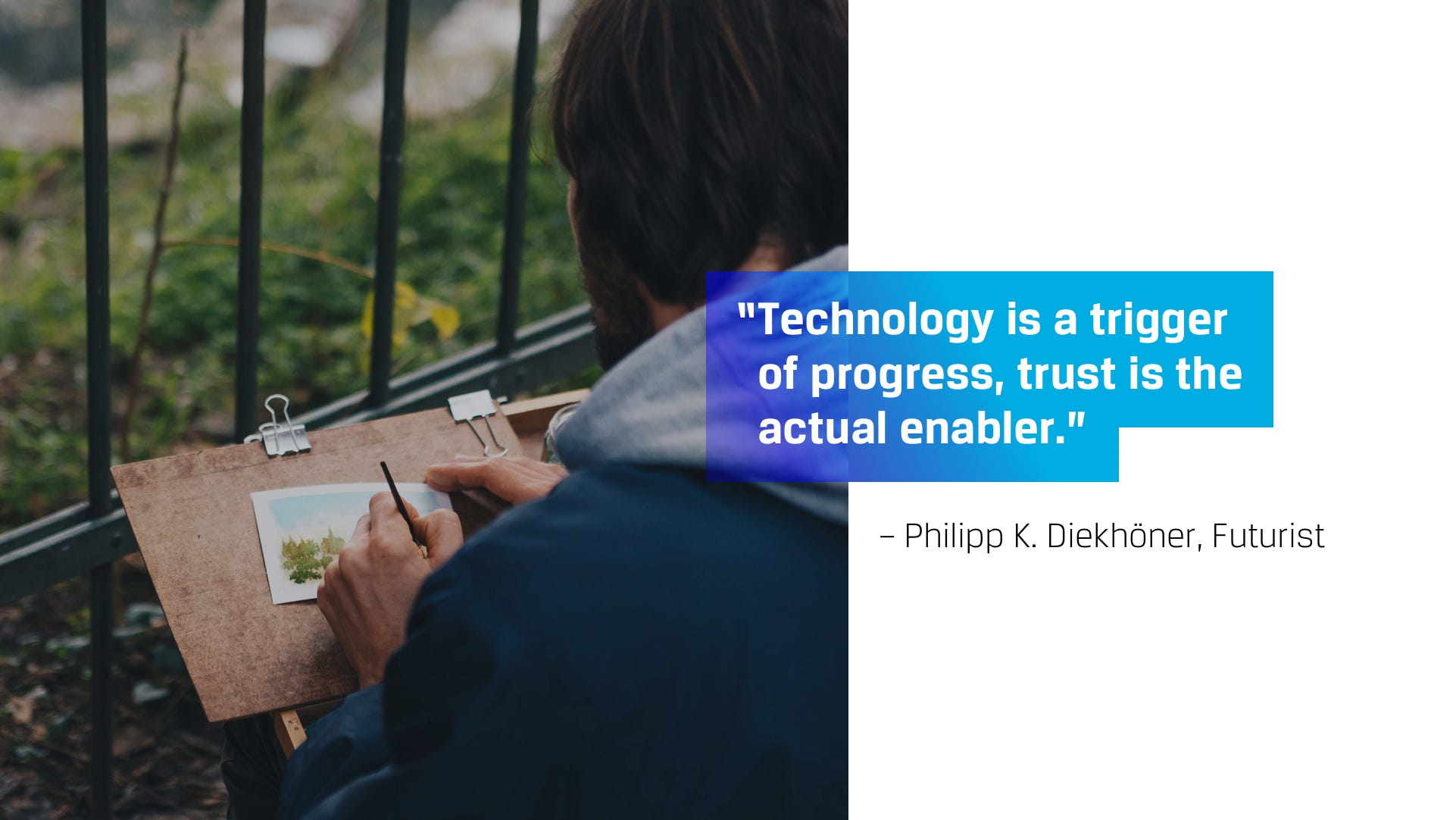
The practice of ethical design will ensure that decisions made by intelligent systems are inclusive, positive, and empowering. In-depth research practices, ethical decision-making frameworks, and resolute prosocial principles ensure experiences support core human needs for the lasting benefit of humanity and the world we live in.
Areas to Expand Knowledge
- Moral Philosophy
- Environmental Sustainability
- Social Psychology
- Ethnography
- User Research
Transforming Organizations for This New Era
Conscious experience design will be a guiding force for success in business and humanity in this new decade. To succeed, organizations must consciously grow new skills, evolve capabilities and apply new principles across the four dimensions of conscious experiences. These dimensions require deeper insight into intelligence design, sensory engagement, systemic thinking, and ethical approaches beyond the traditional UX practice.
While good experience design always bring value, this new era of conscious experience design demands more from the role of designers and companies. Companies and individuals should begin now to assess their design consciousness level and start growing the necessary insights and skills through research, training, and experience. As the human-machine relationship evolves, so too will the future of design and business.
For more about Conscious Experience Design reach out to engage us for a custom workshop, training session or future vision project.
A Punchcut Perspective
Contributors: Ken Olewiler, Jared Benson, Ted Byun, Kerry Gould, Paige Cameron, Kim Le, Nate Cox
© Punchcut LLC, All rights reserved.
So forward-thinking
we'll update you
in the future
Subscribe to our newsletter to get the latest insights in your inbox.


